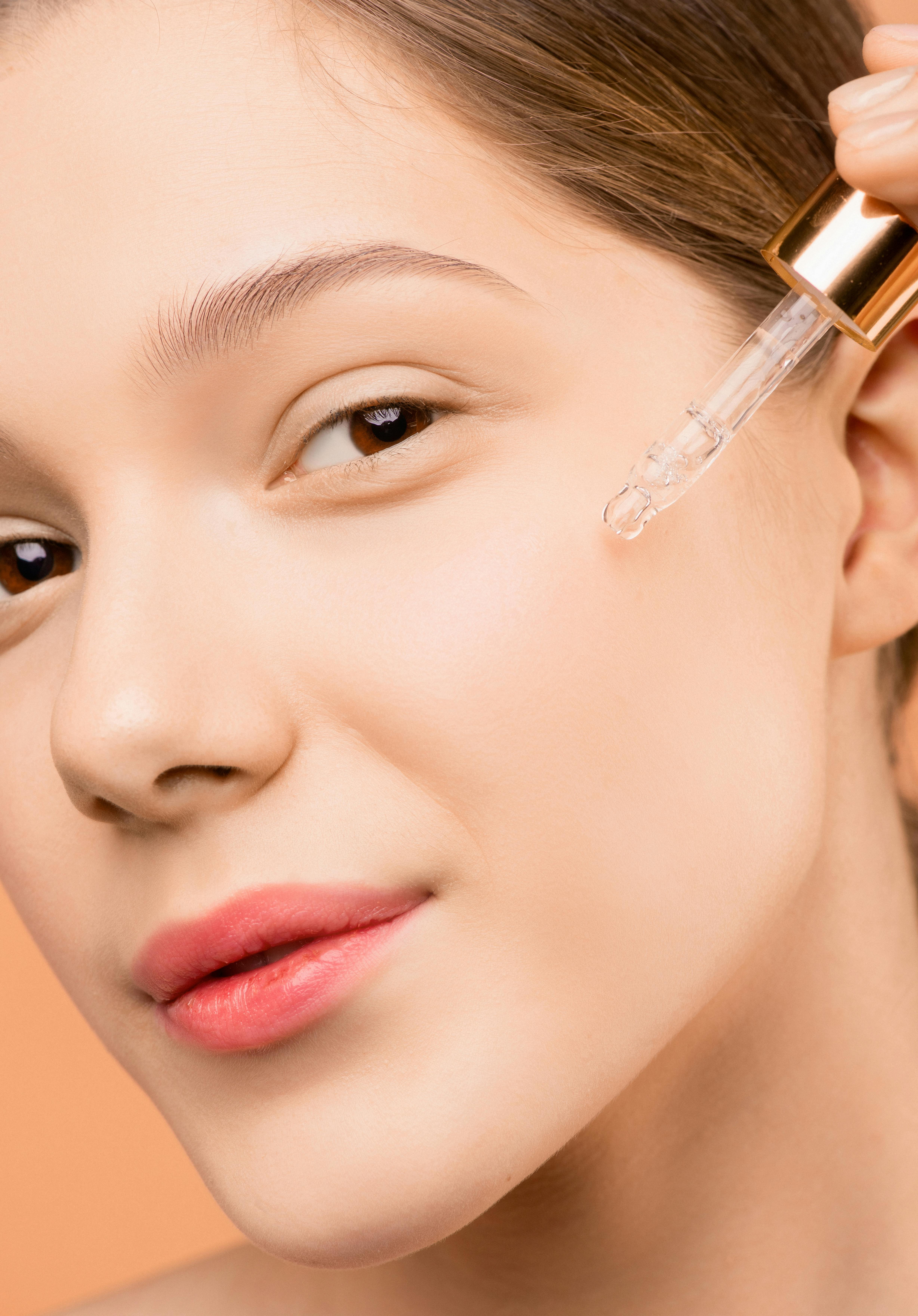Daily routine for clear complexion and strong strands
A consistent daily routine supports a clearer complexion and stronger hair by combining gentle cleansing, targeted treatments, and hydration. Focus on products that protect the skin barrier and the scalp while avoiding harsh ingredients. Small, steady changes yield measurable improvements over time.

A steady daily routine can help maintain a clear complexion and support stronger hair by addressing both the skin surface and the scalp environment. Begin with a gentle cleanser that respects skin pH, follow with targeted serums and lightweight moisturizers to lock in hydration, and use scalp-friendly practices to protect hair follicles. Choosing sulfate-free, fragrance-free, and cruelty-free formulations can reduce irritation and align with ethical preferences while supporting dermal resilience and follicle health.
This article is for informational purposes only and should not be considered medical advice. Please consult a qualified healthcare professional for personalized guidance and treatment.
Complexion: daily care steps
A clear complexion benefits from a simple daily sequence: cleanse, treat, and moisturize. Use a gentle cleanser suited to your skin type to remove oil and debris without stripping the barrier. After cleansing, apply a serum with antioxidants such as vitamin C or niacinamide to address uneven tone and environmental damage. Finish with a moisturizer containing humectants and barrier-supporting lipids; these help maintain hydration and preserve dermal integrity. Consistency and moderation prevent overloading the skin with actives.
Scalp: supporting strong strands
Scalp health directly affects hair strength because follicles originate in the scalp’s dermal layer. Cleanse the scalp regularly to remove buildup, but avoid aggressive surfactants that can dry or irritate — sulfate-free shampoos are an alternative for sensitive scalps. Scalp massage can promote local circulation and may enhance nutrient delivery to follicles. Minimize frequent high-heat styling and tight hairstyles to reduce mechanical stress on strands and roots.
Hydration: internal and topical approaches
Hydration supports both the skin’s appearance and hair’s flexibility. Topical humectants, like hyaluronic acid, attract moisture to the skin, while occlusives in moisturizers reduce trans-epidermal water loss and fortify the barrier. For hair, conditioners and leave-in treatments help retain moisture in the strand and reduce breakage. Adequate water intake and a balanced diet contribute to overall dermal and follicular function, but topical care remains essential when the barrier needs repair.
Barrier: repair and protection strategies
A resilient barrier protects against irritation, moisture loss, and environmental aggressors. Ingredients that support barrier repair include ceramides, essential fatty acids, and cholesterol in balanced formulations. Avoid unnecessary fragrances and harsh alcohols; fragrance-free options reduce the risk of sensitivity. Maintain skin-friendly pH levels with appropriate cleansers and formulations to preserve enzymes and lipids that underpin barrier function. Regular, gentle care prevents chronic barrier disruption that can manifest as redness, flaking, or increased sensitivity.
Serum and cleanser: how to choose
Select a cleanser that matches your skin type—cream or balm cleansers for dry skin, gel or foaming cleansers for oily skin—while prioritizing gentle surfactants and a balanced pH. Serums should be chosen for specific goals: antioxidants for protection, retinoids for cell turnover (introduced gradually and preferably under guidance), and peptides for structural support. Patch-test new actives and introduce them slowly to monitor tolerance. When ethics matter, opt for cruelty-free products and seek fragrance-free, sulfate-free labels if sensitivity is a concern.
Routine: putting steps together
A practical morning routine: gentle cleanser, antioxidant serum, moisturizer with sunscreen for daytime protection. Evening routine: gentle cleanser, targeted treatment serum (if used), and a restorative moisturizer. For hair, use a mild shampoo and conditioner suited to your scalp and hair type, alternate heavier conditioning treatments weekly, and consider periodic scalp exfoliation if product buildup occurs. Keep styling heat moderate and protect strands with heat protectants when necessary. Adjust frequency and product choices based on how your skin and scalp respond.
In summary, maintaining a clearer complexion and stronger strands relies on consistent, gentle care that supports the skin barrier and the scalp environment. Focus on appropriate cleansers, targeted serums, reliable moisturizers, and hydration strategies while avoiding overly harsh ingredients. Selecting sulfate-free, fragrance-free, and cruelty-free products where suitable can reduce irritation and align with ethical preferences, helping to preserve dermal health and follicle strength over time.





